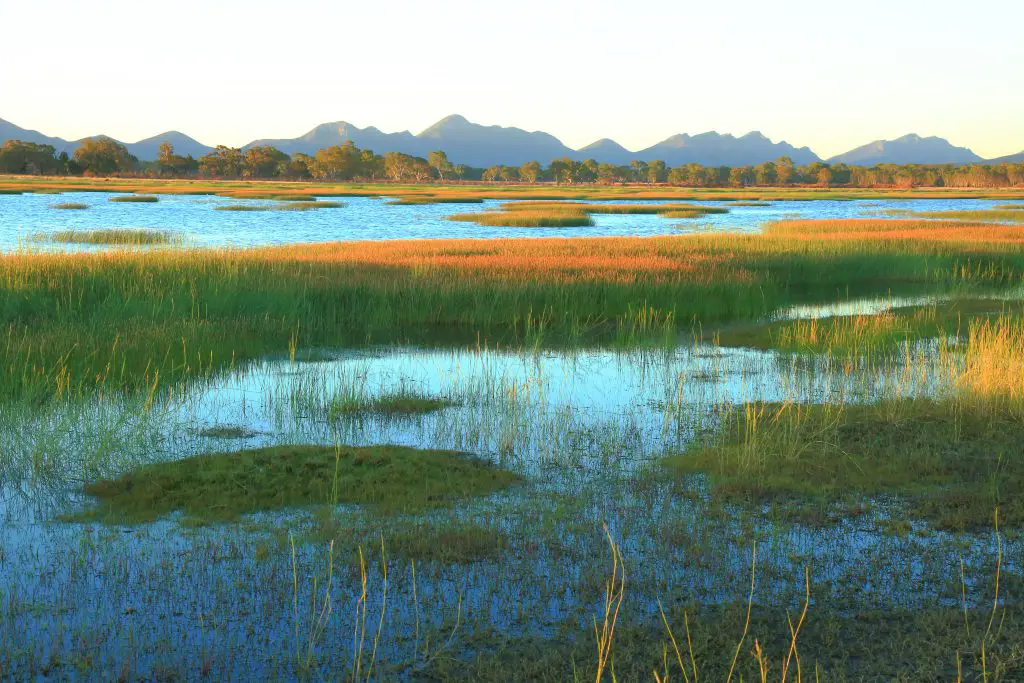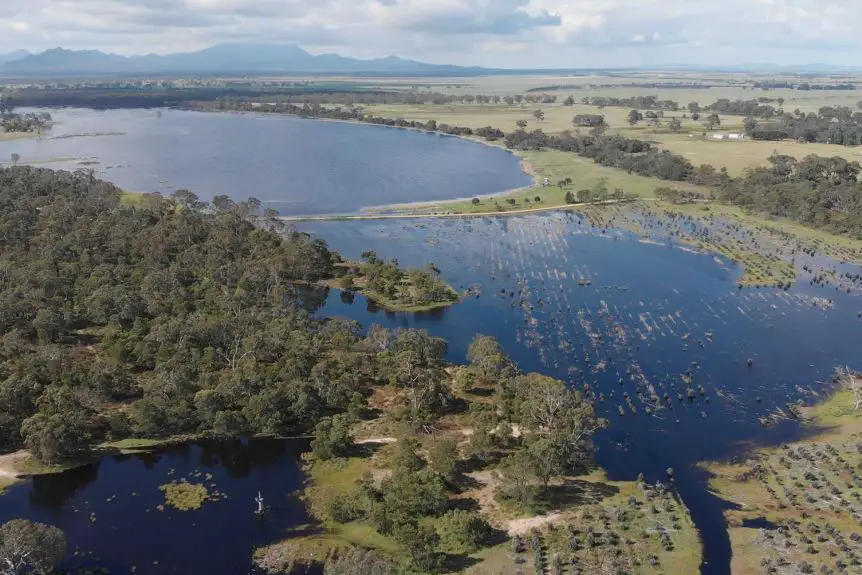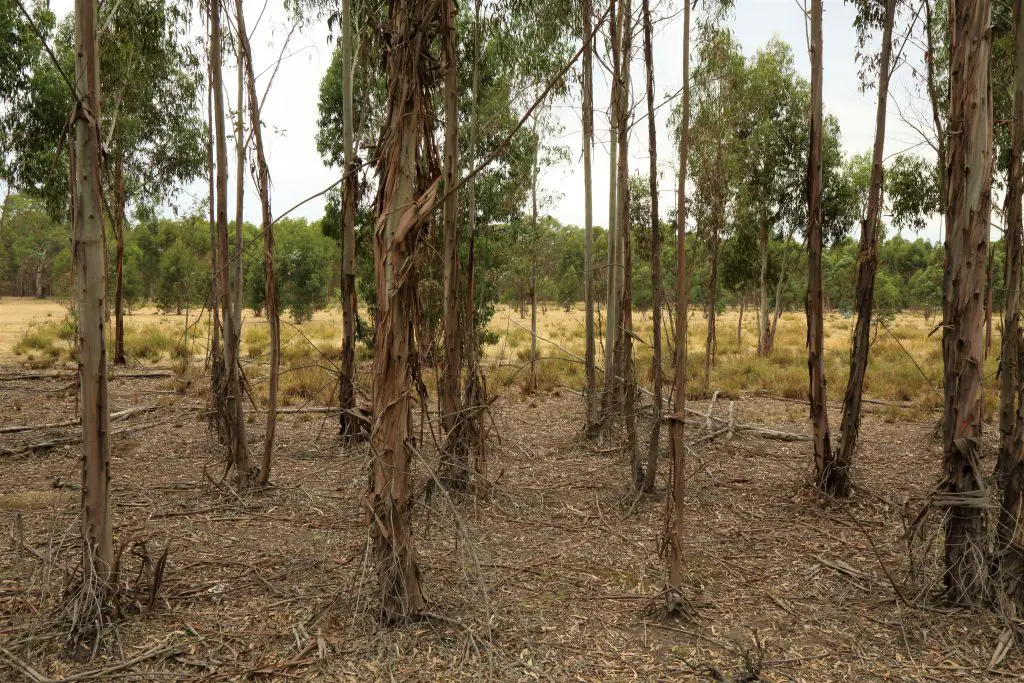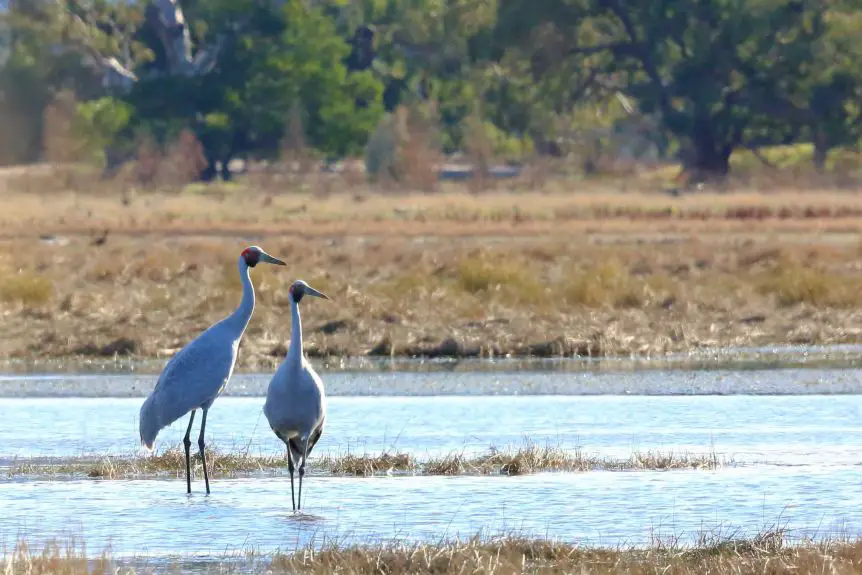Australian Wetland Restored By Transforming 1,000-Acre Bluegum Plantation
Tags: opinion

A large plot of the agricultural track was transformed into a wetland that it originally was by Mark Bachmann and his group of scientists. However, they faced a massive challenge in 2016. They were a small, local, and non-profit organization. Consequently, they could not negotiate the concluding steps of buying a bluegum plantation of 1,000 acres.
Bachmann informed that at that ideal moment he spotted a platypus. Seeing the platypus, Nature Glenelg Trust went on to buy the large plantation, clearing the trees, flooding then transforming it into wetlands. The platypus gave him the inspiration that he needed.
The team comprises regional people who work in close coordination with farmers and do their work based on scientific methods. Hamilton Field Naturalist Club is a regional nature-loving band. They donated some money to Nature Glenelg. Nonetheless, they needed a large sum of amount to purchase the 1,000-acre bluegum plantation.
The appearance of that platypus proved that their previous work was successful and much-needed for the local rivers. It indicated that the flooding process had enabled nature to flourish and start to disseminate. Eventually, the place will breed flora and fauna. Meanwhile, they acquired the plantation as well as set up an entire wetland system.
Read SCIENTIST SAY BEAVERS REDUCE FLOODING AND BOOST WILDLIFE POPULATIONS
Going Back In Time To The Wetlands

Credits Nature Glenelg Trust
The bluegum plantation was earlier called Walker Swamp. When Nature Glenelg ecologists reached the swampland it was completely changed and extremely depleted. For the past 200 years, water sources are continuously averted and drained. In 1950 the grazing stopped. Water was diverted to the Wimmera-Mallee system from 1970 onwards. Finally, the land transformed into a bluegum plantation in 2000.
Bachmann is hopeful of transforming it back into the actual wetland that it was. They began trials by creating temporary structures that enable flooding of neighboring croplands. They successfully managed to fully restore 2 wetlands by 2014.
Bachmann informed that several birds and frogs returned and many threatened fish came back to the wetlands. Furthermore, they planned to expand their project but the plantation posed an issue. Lachlan Farrington, an ecologist, recalls seeing the site in a very sad state. It was evidently a wetland earlier but half the Walker Swamp was planted with bluegums. Subsequently, the land was suffering.
As ecologists, they were hopeful of turning this barren piece of land into a wetland once again. Finally, in 2014 they met the managers of the plantation and the negotiations went astonishingly well. The managers themselves suggested a trial run. Following that the locals helped the team to build a provisional weir.
They purchased the plantation after they negotiated with landowners, philanthropists, funding bodies, 4 years later. In 2018 they purchased Walker Swamp after a new state funding came their way.
Restoration Underway

Credits Nature Glenelg Trust
The newly regained wetland was located near the Wannon River floodplain and right below Serra Ranges of Grampian National Park. Walker Swamp is visible from the bird observatory.
The entire stretch of Grampians is also visible in a jagged escarpment form and borders the wetland. The whole ornamental frame is a scenic beauty in its natural form.
Wannon River emerges over the Grampians and spreads across the flat land into several swamplands. The floodplain is of utmost importance for ecologists like Bachmann. This floodplain functions as a network of rivers, mountains, and estuaries.
Refreshed and filtered water runs downstream to the Glenelg River which is a very important waterway of Victoria. The lower expanse of Glenelg flows across an astonishing limestone gorge. This is secured by the Glenelg National Park.
Glenelg Estuary is formed after the Glenelg tips in the ocean body. Glenelg Estuary is another wetland protected by Ramsar. This estuary is cataloged as a significant wetland internationally. This restoration project is of great importance for nature conservation.
Read GREATER MANCHESTER TO PLANT 3 MILLION TREES, ONE FOR EACH CITIZEN
Adverse Effects Of Monoculture On Wetlands
Bachmann has stated that every plantation is a monoculture. Similarly, the bluegum plantation is also a simplified ecosystem. However, it does not completely destroy biodiversity. Local birds still inhabit the place but it is not as nature-friendly as bushland.
Nature Glenelg team discovered a massive bed of red gums strewn in the landscape after felling rows of bluegums. Then they watered the landscape to reverse the man-made process. They inundated the land for the characteristics of the soil are completely altered to anaerobic from aerobic. This enabled native plants of wetlands to return in place of pastoral grasses.
The plants of the Victorian wetlands lie dormant because they are drought resistant. The biodiversity restores magically with little water. Consequently, the animals naturally return to the restored wetlands.
The Return Of Natural Ecosystem

Credits Nature Glenelg Trust
Several species are endangered or extinct because human activities destroy the natural habitat. They are deprived of their shelter, food, and comfort. Wetlands are the largest breeding ground of wild animals of various sorts. According to sources, 85% of a wetland is lost because of agriculture and urbanization.
Nevertheless, Nature Glenelg has shown that a reversal of process can take place for the better. Australia has witnessed the positive impacts of the work of Bachmann and his team.
Farrington has expressed his delight at listening to the loud animal chorus heard from Walker Swamp Reserve. He further added that witnessing the gradual change in the nearby ecosystem feels magical.
There was only one brolga pair in Victoria last year but now there are 600. Nature Glenelg has increased inundation period through restoration that eventually supports animal breeding and recovery of threatened species.
Image Featured Nature Glenelg Trust
Leave Comment: